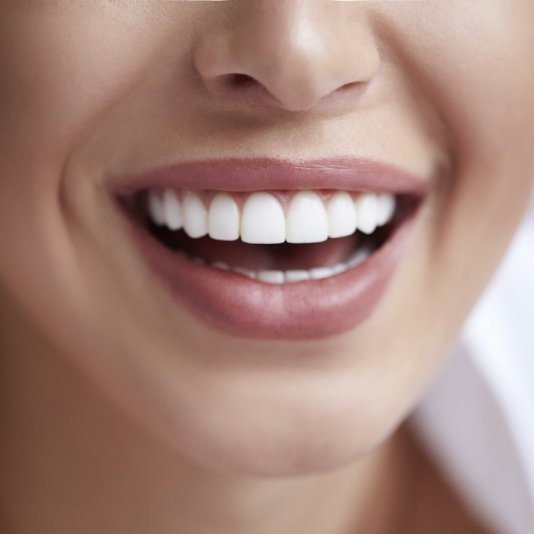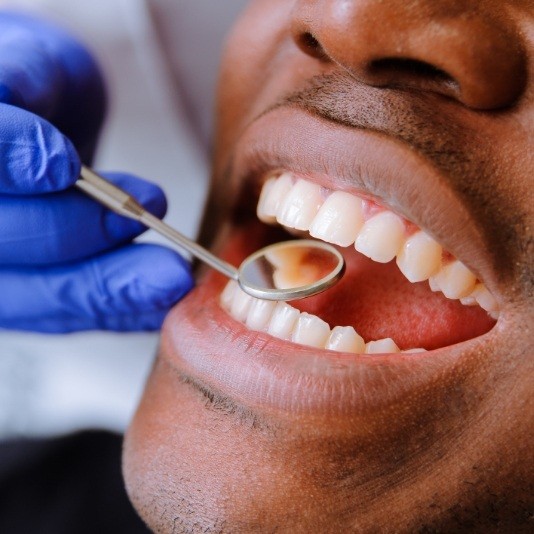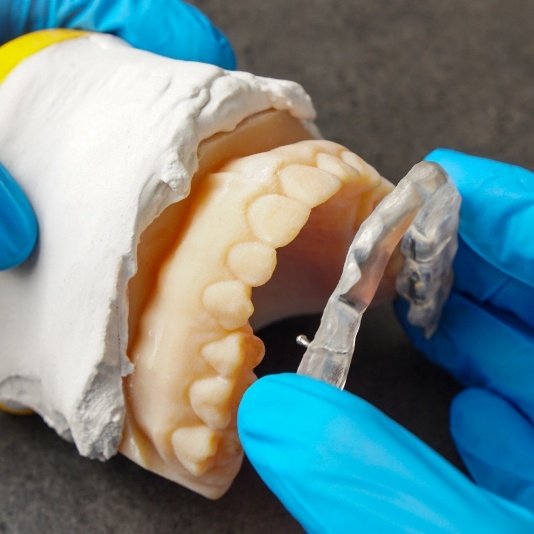Non-Invasive Dental Treatments Slidell
Big Results with a Light Touch
Dr. Steve is not your typical “drill and fill” type of dentist where if he sees a problem, his first instinct is to remove a large portion of a tooth and replace it with a restoration. Rather, his conservative approach to dentistry enables him to fix all types of problems while preserving as much of your natural dental tissue as possible. This is not only better for your oral health, but it also makes the overall dental treatment process more comfortable, which is especially helpful if a patient is nervous. Read on below to learn more about our gentle, safe, and non-invasive dental treatments in Slidell at Camellia City Family Dentistry.
Silver Diamine Fluoride

Silver diamine fluoride, or SDF, is able to stop an active cavity from progressing. A liquid solution that is applied directly to tooth decay, the silver kills the harmful bacteria while the fluoride strengthens the remaining enamel. This protects the teeth from further harm and also allows our team to deal with cavities without having to use the drill. It also gives us the flexibility to treat several cavities in a single appointment if necessary.
Tooth Contouring

By slightly reshaping a tooth, Dr. Steve can improve the appearance of the smile, reduce the chances of accelerated enamel wear, fix bite misalignment, and much more. This process involves removing a small amount of enamel from a tooth in order to help it look or function better.
Tooth Hypersensitivity Treatment

Dental sensitivity is most often caused by a thinning of the tooth enamel, which exposes the underlying dentin. This substance contains many microtubes that reach the nerve of your tooth, so when it is exposed to hot or cold temperatures, the result can be quite a bit of pain. But, by applying resin to the exposed areas of dentin, we can shield it and ensure you don’t experience the sensitivity anymore.
Tooth Splinting

Tooth splinting involves connecting a tooth to one or more on either side using a small wire. This can be used to stabilize a loose or weakened tooth, and it’s also a go-to temporary solution when trying to replant a knocked-out tooth. Splinting gives us the chance to save a patient’s existing tooth rather than have them go through the process (and expense) of replacing it.




